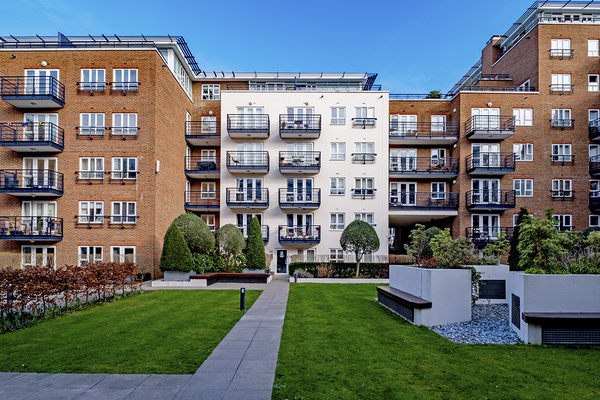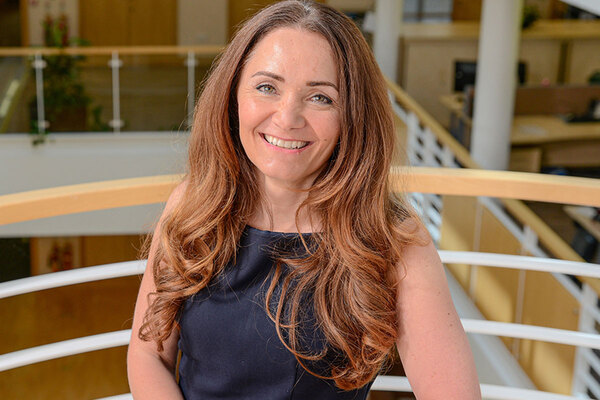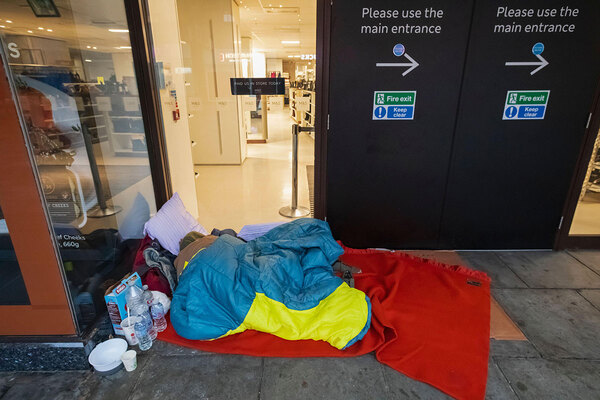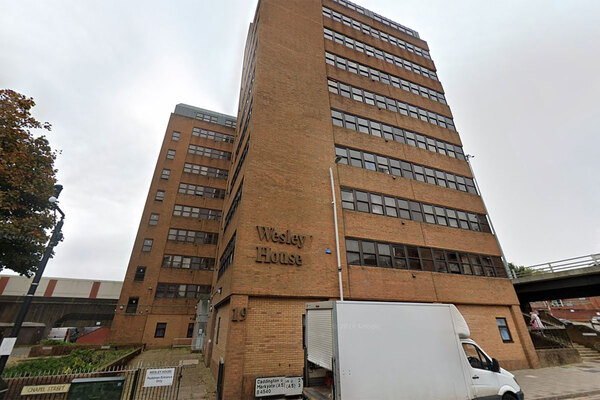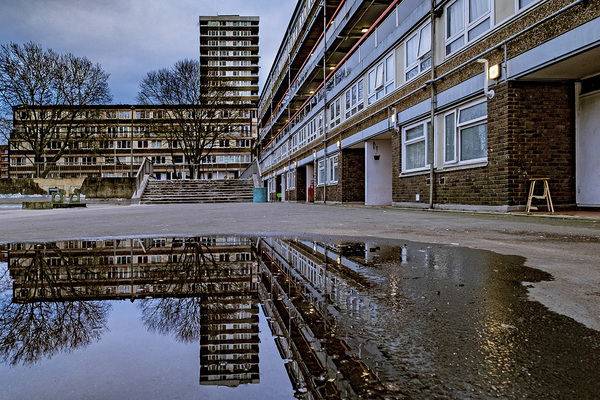You are viewing 1 of your 1 free articles
UK house prices expected to fall 3.5% in 2023 and rebound unlikely, says ratings agency
House prices across the UK are expected to fall 3.5% in 2023, with few, if any, prospects for a rebound over the next three years, ratings agency S&P has warned.
In its latest update on the European housing market, the ratings agency forecasted that house prices and investment will suffer from rapidly rising mortgage rates, with some European countries taking longer than others to adapt to higher rates.
Although prices will decline less than initially feared, found S&P, a strong rebound over the next three years remains unlikely, as the downward adjustment in housing prices to higher interest rates will take time.
For the UK, house prices are expected to fall 3.5% in 2023, after rising around 9.5% in 2022.
Across Europe, S&P predicted that the housing market is likely to sag but not shake at its foundations, despite higher mortgage rates.
The ratings agency said: “The economy is weathering external shocks better than expected, especially to the labor market, and inflation has not peaked but is close. So, it is not surprising that central banks in Europe have not laid down weapons.”
It pointed out the Bank of England (BoE) has slowed down rate hikes, proceeding with steps of 50 basis points (bps) rather than 75 bps at previous meetings, which signals more rate hikes to come this year.
S&P said it is likely that the BoE will raise the bank rate to 4% before it pauses, despite the recession.
Meanwhile, even if inflation is likely to recede in the second quarter 2023 as pressures from energy costs fade, it will unlikely recede back on target before the middle of 2024.
Further increases are possible, predicted S&P, from a commodities price shock, especially to services and because of rising labour costs.
S&P said some central banks believe that inflation will not be brought back down to countries’ targets before the second half of 2025. This means that policy rate cuts are unlikely before then.
What’s more, central banks have started working passively or actively on the size of their balance sheets. The BoE has already started selling gilts from its quantitative easing portfolio.
S%P said: “The bottom line is that yields are likely to be further on the rise and to remain higher than before the Russia-Ukraine war and COVID-19 over our forecast horizon through 2025, which will translate into higher mortgage rates in some countries.”
In slightly better news, S&P found that residential construction was holding up well, with an increase of more than 1% at the beginning of the fourth quarter in the eurozone and Sweden, while levelling off at a record high in the UK and Switzerland.
The agency acknowledged that construction is a lagging indicator of the housing market, given the length of time associated with housing starts, with starts down in England 10% from their peak in the third quarter of last year, according to the report.
S&P warned that house prices so far have barely adjusted to higher interest rates. This is a result of supply constraints more than softening demand, as house prices continued to increase at a sustained pace over the first half of 2022 to average 10% year on year.
These price increases were far higher than the agency was expecting. However, it said the momentum might change and revert significantly in the years to come.
S&P said: “Our estimations suggest that it takes nine to 10 quarters for a shock to mortgage rates to feed completely through to housing prices and housing investment. [In] two-and-a-half years, we find that a 100 bps increase in mortgage rates is associated a 5% fall in housing prices and depresses investment by 10%.”
Sign up for our development and finance newsletter
Already have an account? Click here to manage your newsletters
Sign up to the Social Housing Finance Conference 2023
Join us at the Social Housing Finance Conference, recognised as the longest-standing UK-wide, one-day event of its kind. It brings together over 350 sector leaders, and senior finance and treasury professionals from housing associations and local authorities to discuss the strategic, operational and technical finance matters of most importance.
Click here to find out more and book your delegate pass.







